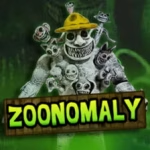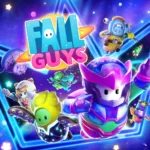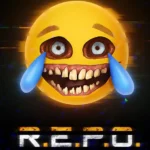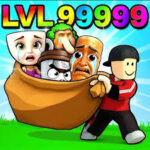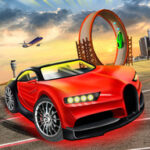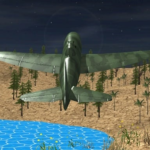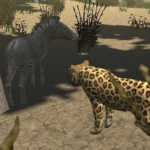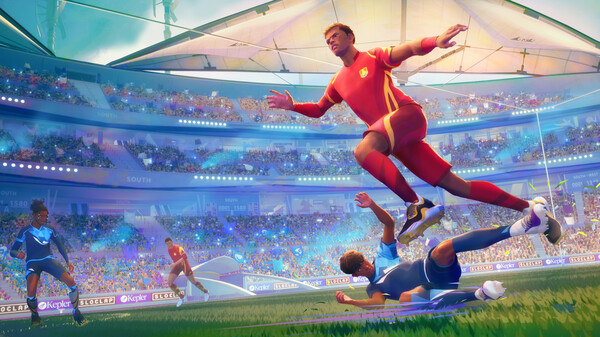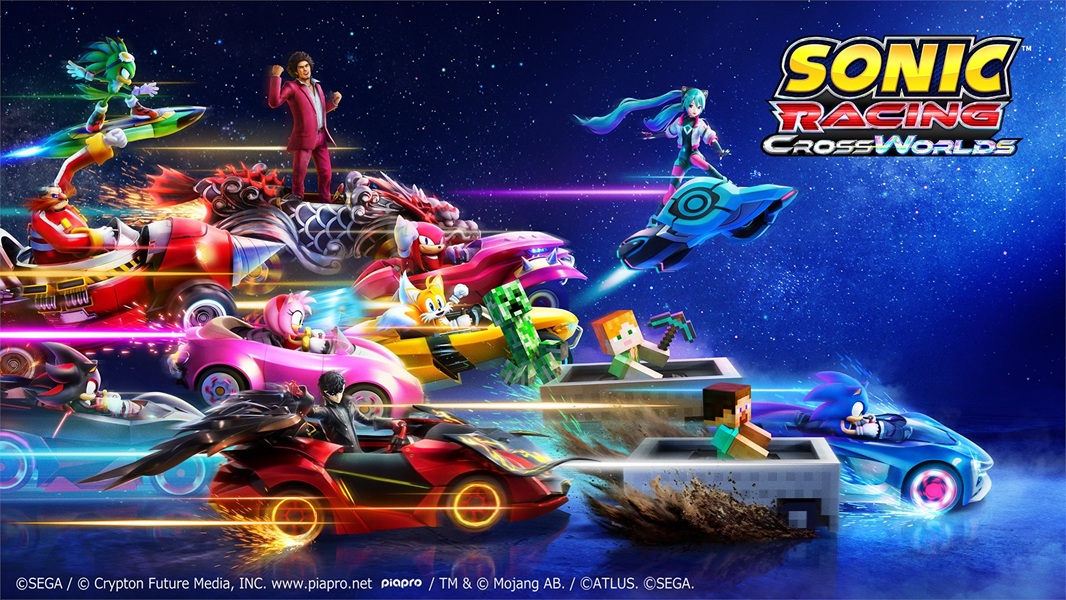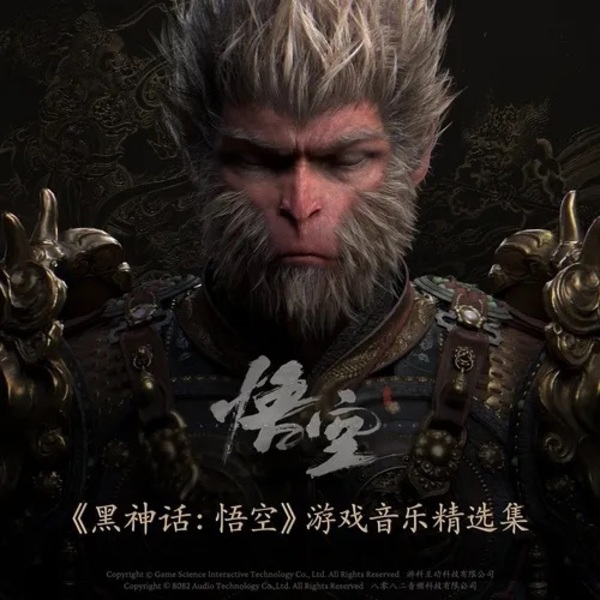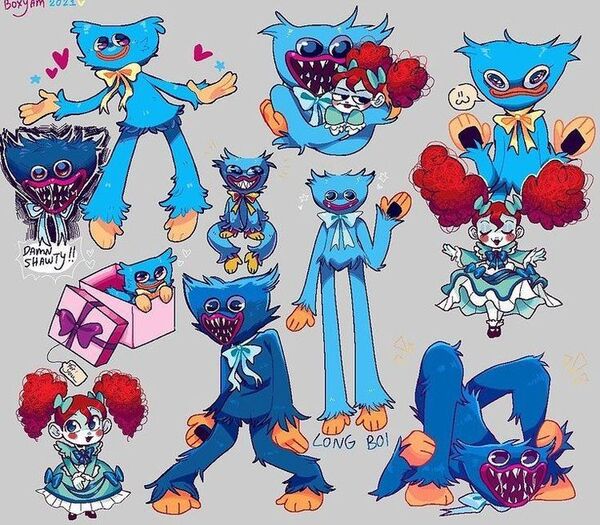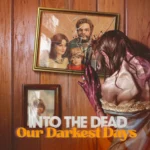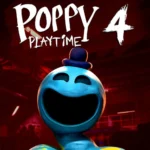Minecraft, developed by Mojang Studios, isn't just a video game; it's a cultural phenomenon, a digital sandbox that has captivated millions across generations since its full release in 2011. What began as a passion project by Swedish programmer Markus "Notch" Persson quickly evolved into a global sensation, selling hundreds of millions of copies and becoming the best-selling video game of all time. At its core, Minecraft offers players an unparalleled degree of freedom: the ability to explore procedurally generated infinite worlds, gather resources, craft tools and structures, and ultimately, shape their own adventures. Its blocky, pixelated aesthetic, initially born out of necessity, has become iconic, contributing to its timeless appeal and broad accessibility. Minecraft transcends traditional gaming genres, fostering creativity, problem-solving, and collaboration on a scale rarely seen in interactive entertainment.
Humble Beginnings: The Genesis of a Global Phenomenon
Minecraft's journey started in 2009 when Markus "Notch" Persson began developing what was then known as "Cave Game." Inspired by games like Dwarf Fortress and Infiniminer, Notch envisioned a game where players could break and place blocks in a vast, open world. The early alpha versions, initially sold for a small fee, allowed players to contribute feedback, shaping the game's direction. This "early access" model, a rarity at the time, fostered a strong community from the outset.
As development progressed, Mojang Studios was founded, and the game officially launched in November 2011. Its block-based aesthetic, while simple, proved to be its greatest strength, allowing for immense creative freedom and ensuring the game could run on a wide range of hardware, democratizing access to this new kind of digital playground.
The rapid growth of Minecraft was largely organic, driven by word-of-mouth, early content creators on platforms like YouTube, and its unique blend of creativity and survival. It demonstrated that a game didn't need photorealistic graphics or a complex narrative to be incredibly compelling; sometimes, all it needed was a simple, powerful mechanic and the freedom to explore.
Core Gameplay Loop: Mine, Craft, Build, Explore
The fundamental cycle of Minecraft is elegantly simple yet infinitely deep:
- Mining: Players punch trees for wood, dig into the earth for stone, coal, iron, gold, diamonds, and more. This resource gathering is the bedrock of progression.
- Crafting: Collected resources are combined in a crafting grid to create tools, weapons, armor, building blocks, and a myriad of other items essential for survival and creativity. The crafting recipes are often intuitive, encouraging experimentation.
- Building: With blocks as their primary medium, players can construct anything imaginable – from simple shelters to protect against nighttime monsters, to elaborate castles, automated farms, sprawling cities, and intricate redstone contraptions. This element is where the true creativity of Minecraft shines.
- Exploring: Each new world is procedurally generated, offering a unique landscape filled with diverse biomes (forests, deserts, mountains, oceans, tundras), hidden caves, vast underground ravines, ancient ruins, and dangerous dungeons. The sense of discovery is constant, with new challenges and resources always just over the next hill or deep within the next cavern.
This core loop is present in various game modes, but it's most pronounced in
Survival Mode, where players must manage health, hunger, and protect themselves from hostile "mobs" (creatures) that emerge at night or in dark places.
Diverse Game Modes: Tailoring the Experience
Minecraft's longevity and broad appeal are significantly enhanced by its multiple game modes, each offering a distinct way to play:
Survival Mode: The Original Challenge
This is the quintessential Minecraft experience. Players begin with nothing and must gather resources, craft tools, build shelter, and fend off hostile creatures like zombies, skeletons, spiders, and creepers. Managing hunger, health, and inventory are key. The ultimate goal for many is to defeat the Ender Dragon and the Wither, Minecraft's boss mobs, but the journey to get there is entirely up to the player. It's a true test of resourcefulness and strategic planning.
Creative Mode: Unleashing Pure Imagination
For those who prefer boundless creativity without the threat of monsters or resource limitations, Creative Mode is a dream come true. Players have unlimited access to every block and item in the game, can fly freely, and are invincible. This mode is perfect for architectural masterpieces, artistic builds, or simply experimenting with game mechanics. Many of the incredible structures and intricate redstone machines seen online are built in Creative Mode.
Hardcore Mode: The Ultimate Test of Skill
Exclusive to the Java Edition, Hardcore Mode is a more punishing version of Survival. The difficulty is locked to "Hard," and permadeath is enabled – if you die, the world is permanently deleted, or you can only spectate. This mode is for experienced players seeking an unforgiving challenge, where every decision carries immense weight.
Adventure Mode: Storytelling and Custom Maps
Adventure Mode is designed for players to experience custom maps and scenarios created by others. Players can only interact with specific blocks and items designated by the map creator, preventing them from breaking the intended gameplay. This mode has led to a thriving community of mapmakers creating everything from intricate puzzle maps to rich story-driven adventures.
Spectator Mode: Observing the World
In Spectator Mode, players can fly through blocks and observe the world without interacting with it. They are invisible to other players and mobs. This mode is useful for observing builds, troubleshooting redstone, or simply exploring a world without any risks.
Visuals and Sound: Simple Yet Iconic
Minecraft's
blocky, 8-bit inspired aesthetic is instantly recognizable and has become a major part of its charm. While visually simplistic, it allows for:
- Universal Appeal: Its non-realistic style appeals to a vast demographic, from young children to adults.
- Accessibility: The low graphical demands mean Minecraft can run smoothly on almost any device, from high-end gaming PCs to low-spec laptops, tablets, and smartphones.
- Focus on Creativity: The simple blocks become versatile building components, allowing the player's imagination to fill in the details.
The sound design, though minimalistic, is incredibly effective. The distinct
thwack of a pickaxe on stone, the
hiss of a creeper, the
clink of dropped items, and the soothing ambient music (composed by C418 and Lena Raine) create an immersive and often meditative experience. Positional audio helps players locate distant sounds, crucial for identifying approaching mobs or fellow players.
Controls and Accessibility: Intuitive and Customizable
Minecraft's controls are remarkably intuitive, regardless of the platform.
- Mouse and Keyboard (PC): The classic control scheme, offering precision for building and combat. Keybindings are fully customizable.
- Controller (Consoles): Well-adapted layouts that make building and movement feel natural, even if less precise than a mouse for intricate tasks.
- Touch (Mobile): The mobile "Bedrock Edition" features responsive touch controls, with customizable HUD elements to suit individual preferences.
The game also offers various accessibility options, including adjustable difficulty settings, the ability to turn off hostile mobs (Peaceful difficulty), and a wide range of graphical and audio settings to optimize performance and comfort for diverse players.
The Ever-Expanding Universe: Updates, Mods, and Community
One of Minecraft's greatest strengths is its continuous evolution.
Mojang Studios regularly releases major content updates, introducing new blocks, mobs, biomes, gameplay mechanics, and even entire dimensions (like the Nether and the End). These updates keep the game fresh and provide new challenges and opportunities for creativity.
Beyond official updates, Minecraft boasts one of the largest and most active modding communities in gaming.
- Mods (Java Edition): Thousands of user-created modifications add everything from new items and creatures to complex machinery, magic systems, and entirely new game experiences.
- Resource Packs/Texture Packs: Allow players to change the visual appearance of blocks and items.
- Data Packs (Java Edition) and Add-ons (Bedrock Edition): Provide more structured ways for players to customize gameplay without needing extensive coding knowledge.
- Minecraft Marketplace (Bedrock Edition): A curated store where players can purchase skins, texture packs, and custom worlds created by community members and official partners, providing a revenue stream for creators.
This robust ecosystem of user-generated content ensures that Minecraft never truly gets old. Players can constantly discover new ways to play, new worlds to explore, and new challenges to overcome, often collaborating with others on massive server projects.
Minecraft's Cultural Impact: Education, Creativity, and Beyond
Minecraft's influence extends far beyond mere entertainment.
It has become a legitimate tool for education, with Minecraft: Education Edition being used in schools worldwide to teach subjects ranging from coding and engineering (through Redstone) to history, environmental science, and architecture. Its open-ended nature fosters critical thinking, problem-solving, and collaboration in a playful and engaging environment.
The game has also profoundly impacted the creator economy, particularly on platforms like YouTube and Twitch. Early Minecraft content creators became some of the biggest stars on these platforms, demonstrating the appeal of user-generated gameplay videos and inspiring countless others. The game's blocky aesthetic has made it ripe for pixel art, fan animations, and merchandise, further solidifying its place in popular culture. It's truly a cross-generational phenomenon, bridging gaps between parents and children, teachers and students, and friends across the globe.
Conclusion: A Foundation for Imagination
Minecraft's place in gaming history is secure, not just as a best-seller, but as a revolutionary force that redefined genres and influenced countless games that followed. Its deceptively simple premise hides a universe of complexity, creativity, and endless possibility.
Whether you're a lone explorer venturing into the deepest caves, an architect meticulously crafting a digital masterpiece, a redstone engineer automating complex systems, or a friend embarking on an epic adventure with companions, Minecraft offers an unparalleled platform for self-expression and discovery. It continues to evolve, shaped by its developers and its vast, passionate community, ensuring that the blocky worlds will continue to inspire and entertain for many years to come. It's a game that truly empowers players to be the architects of their own experience, proving that sometimes, the most profound games are the ones that give you the tools and then get out of the way.

